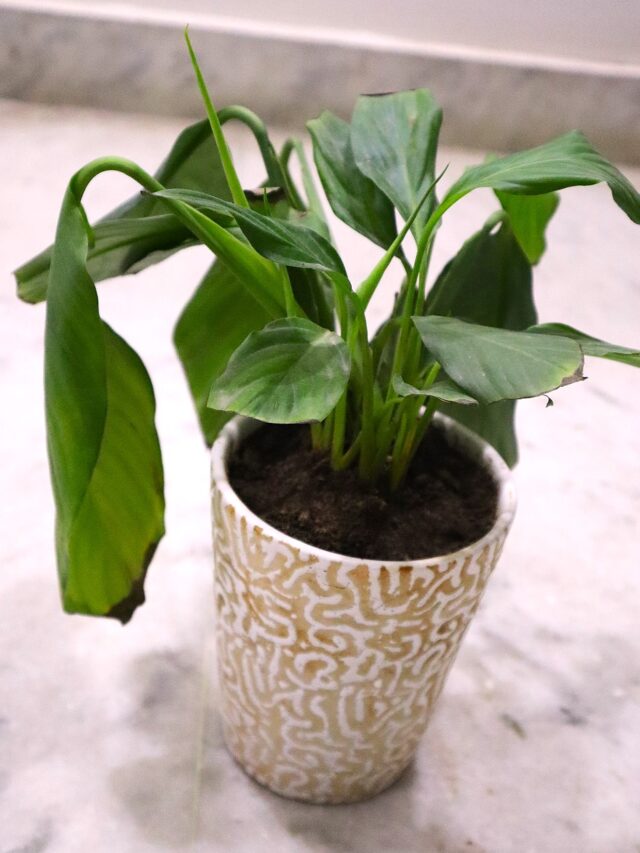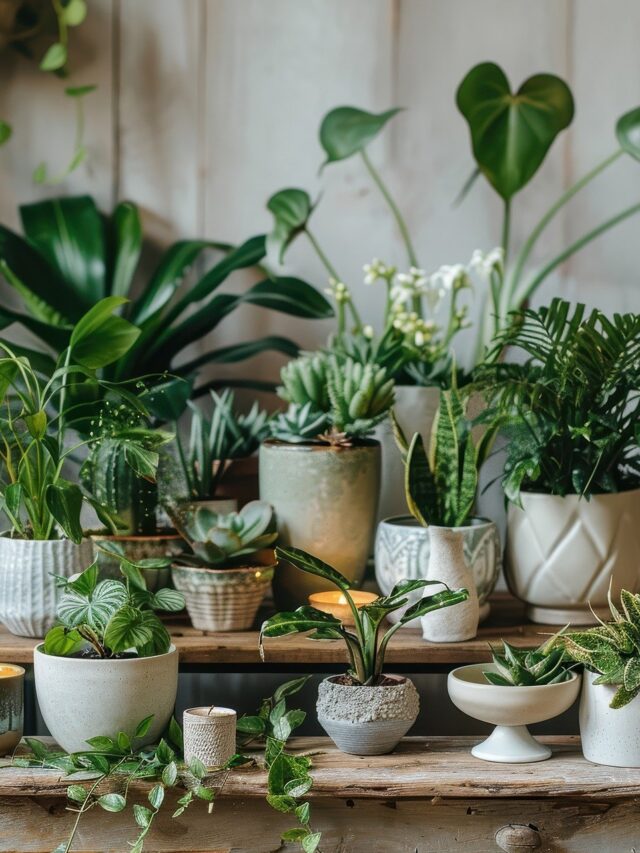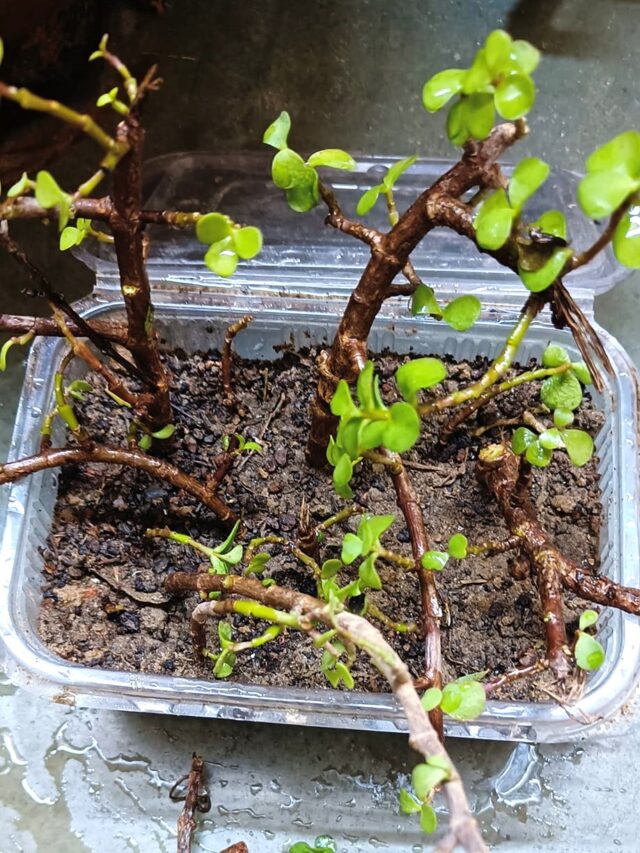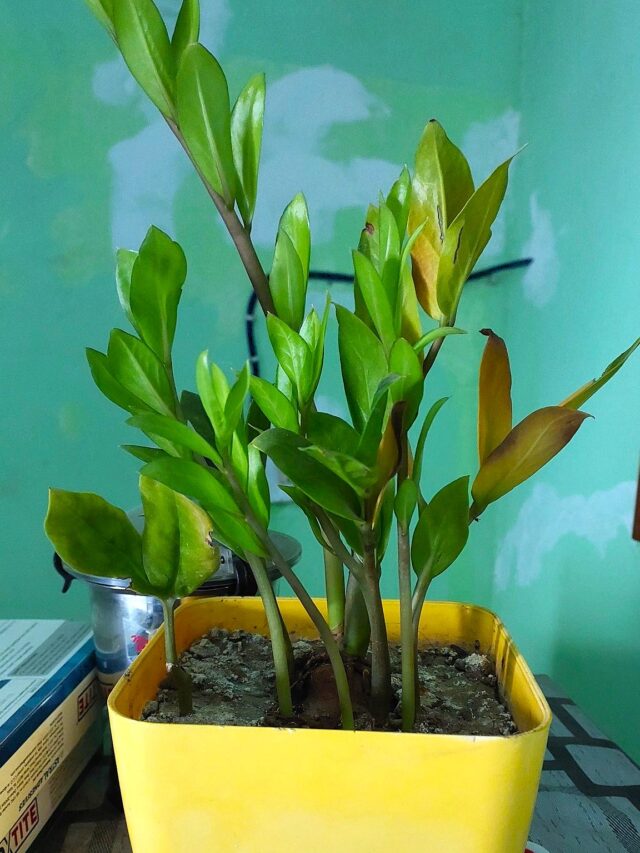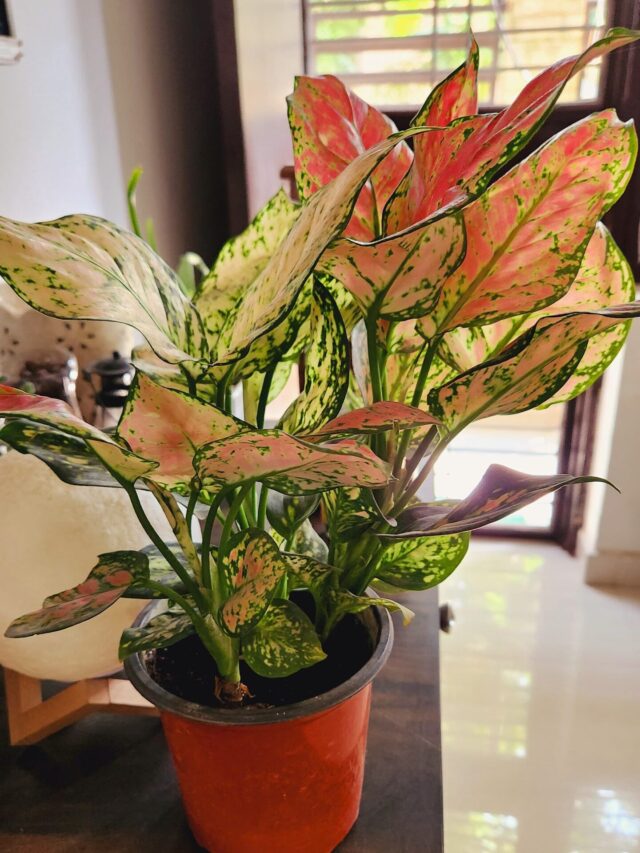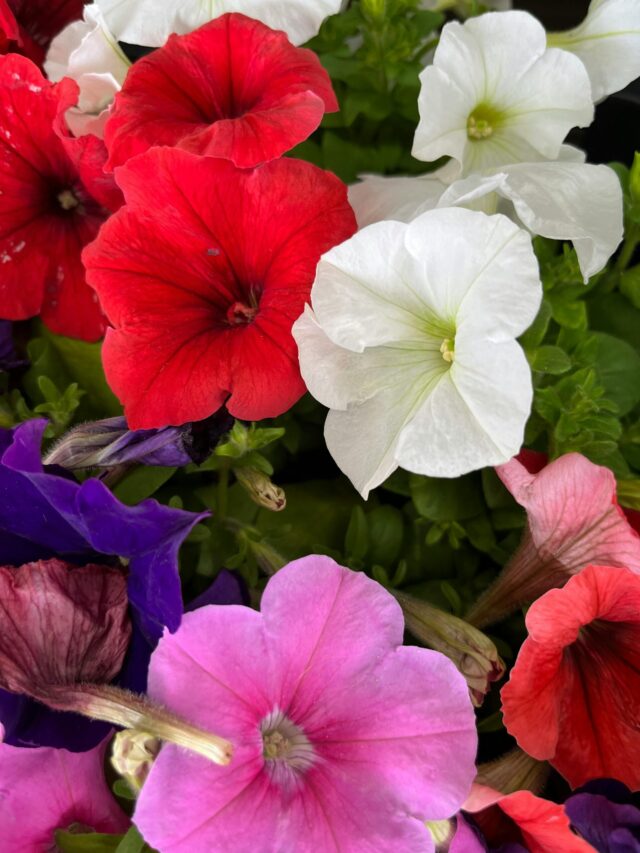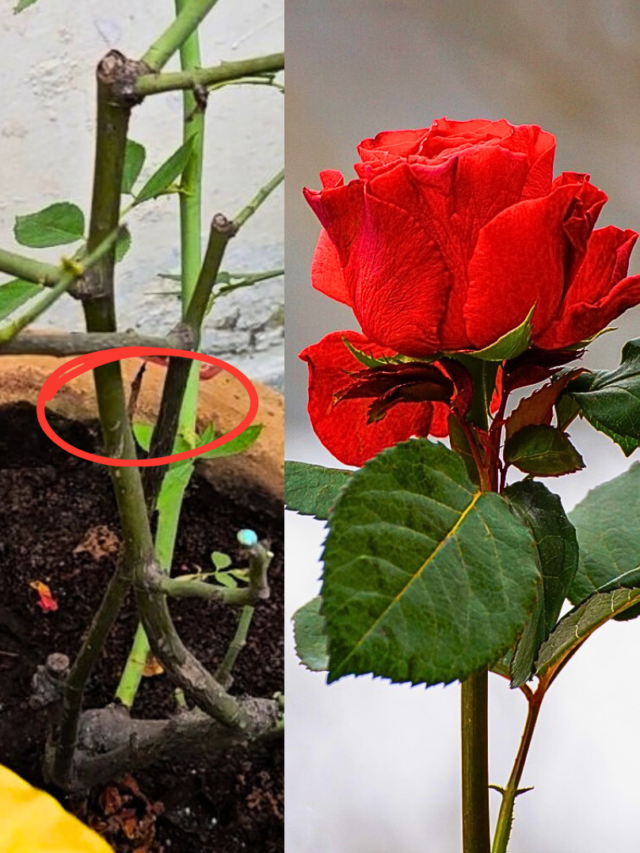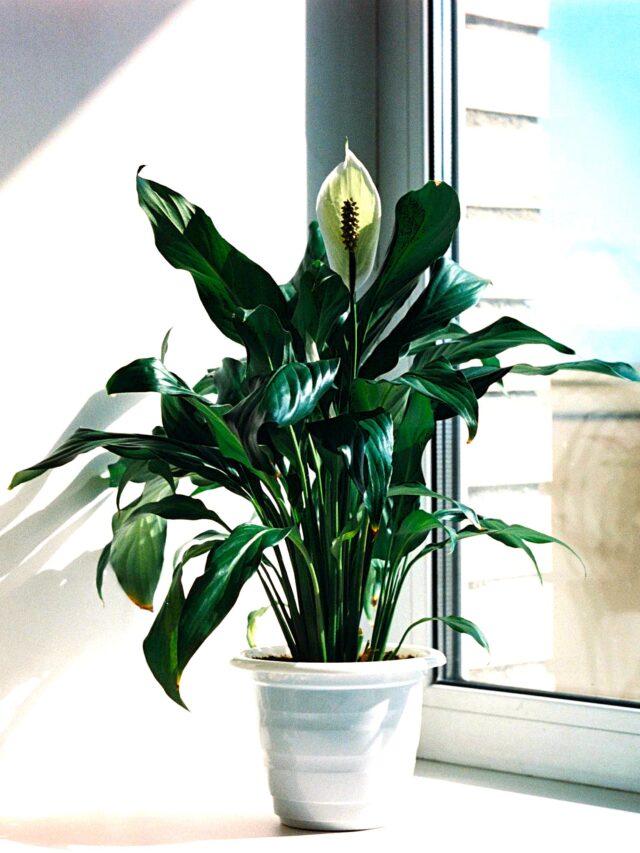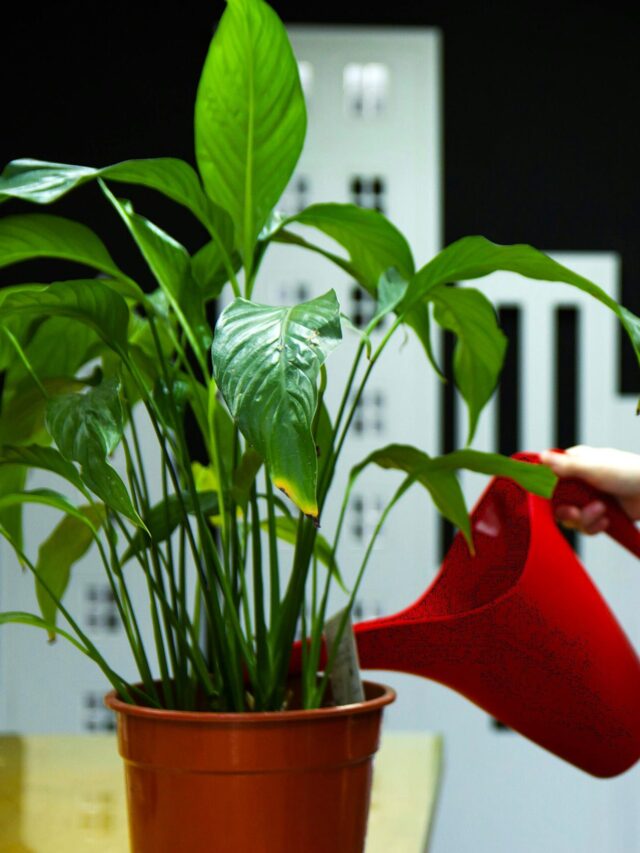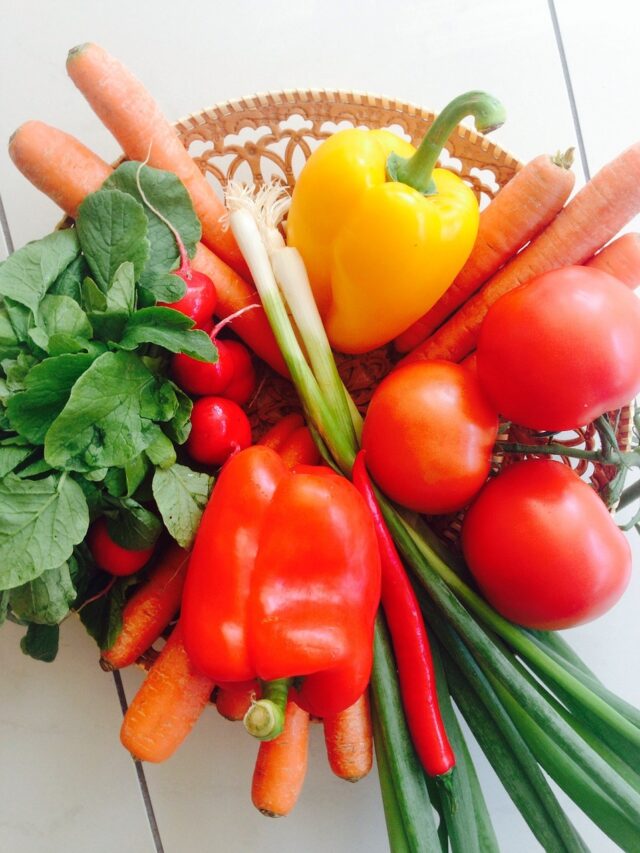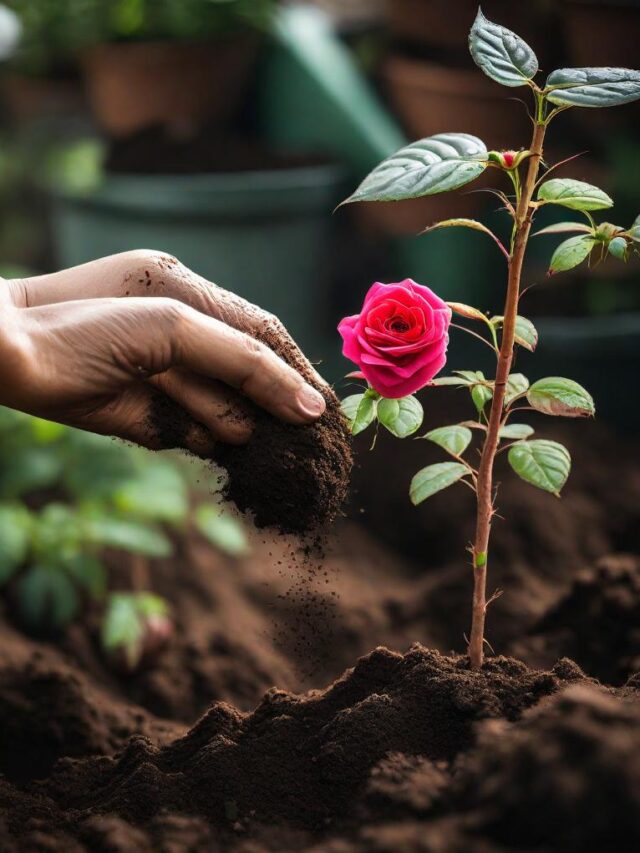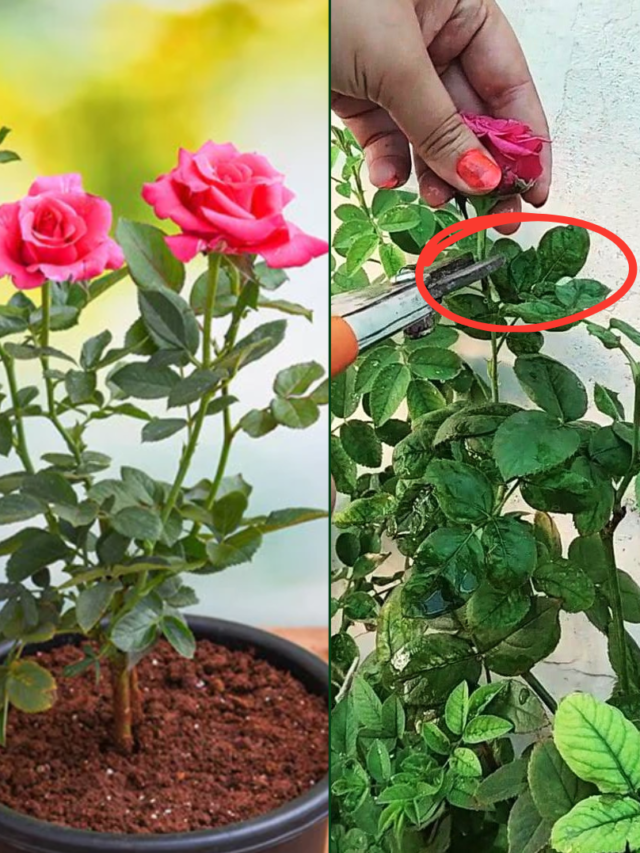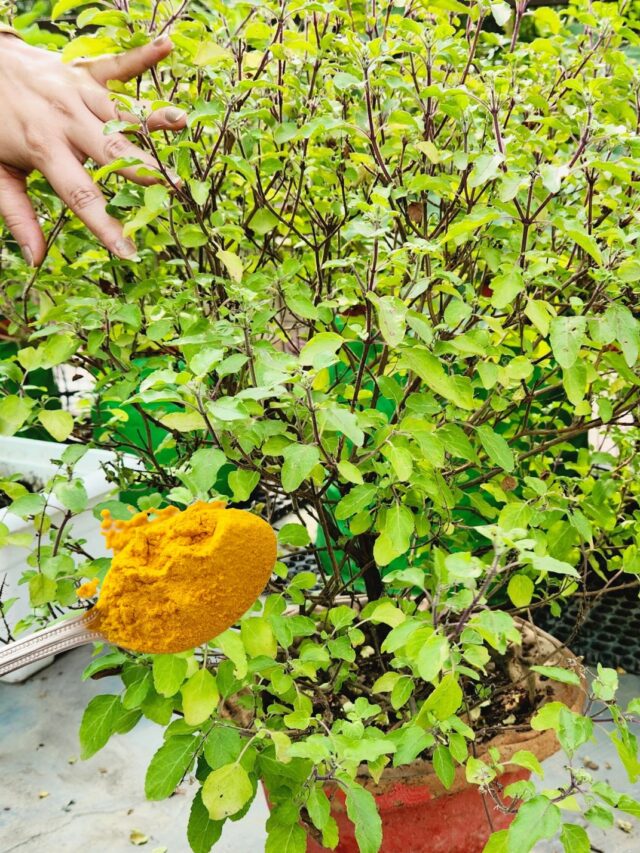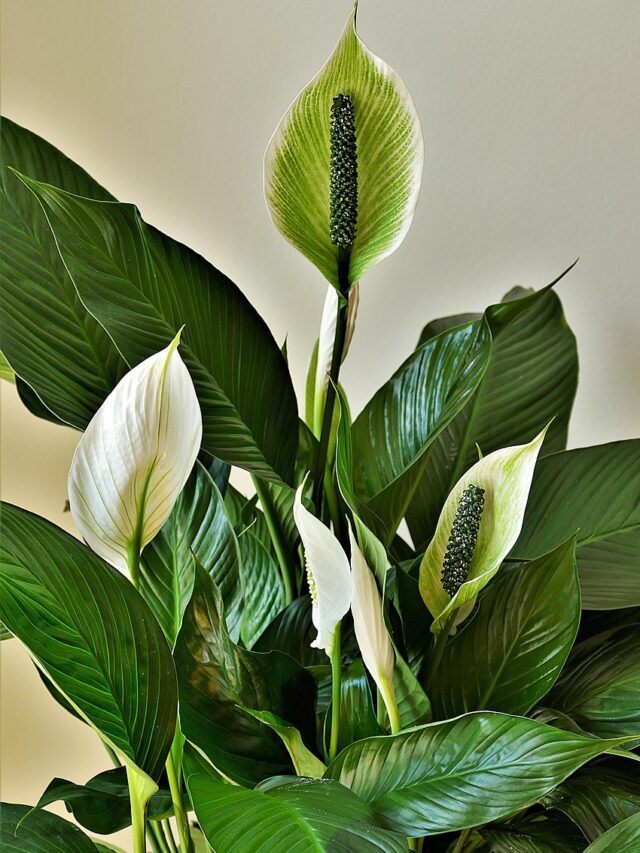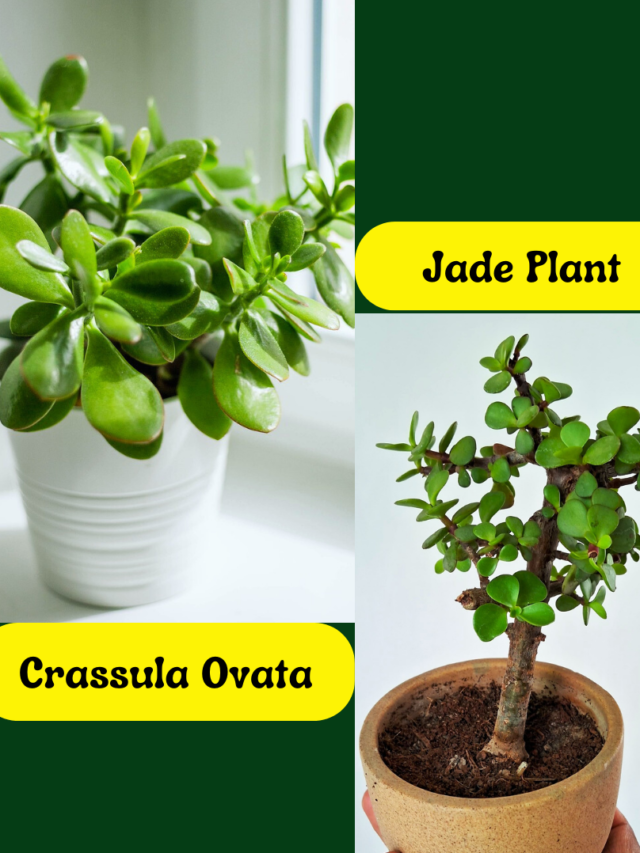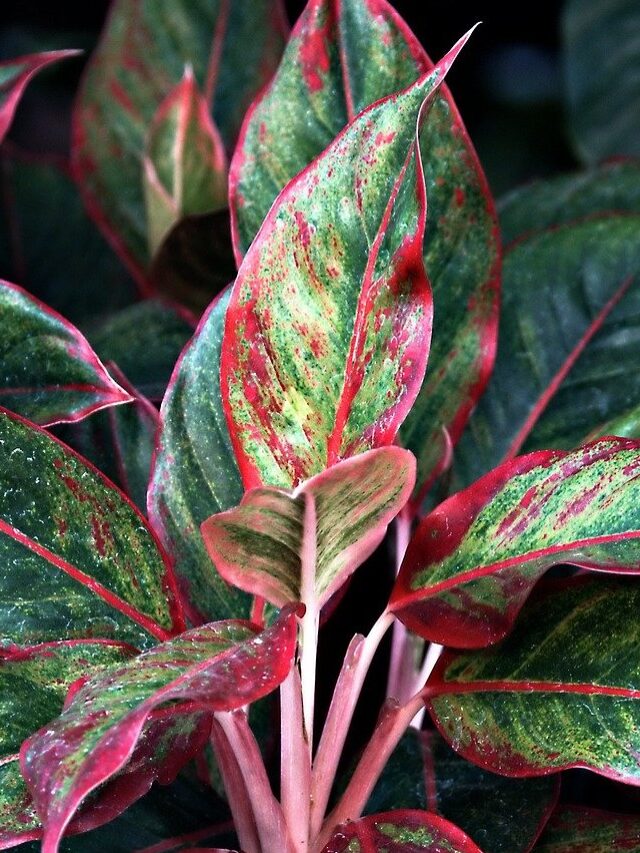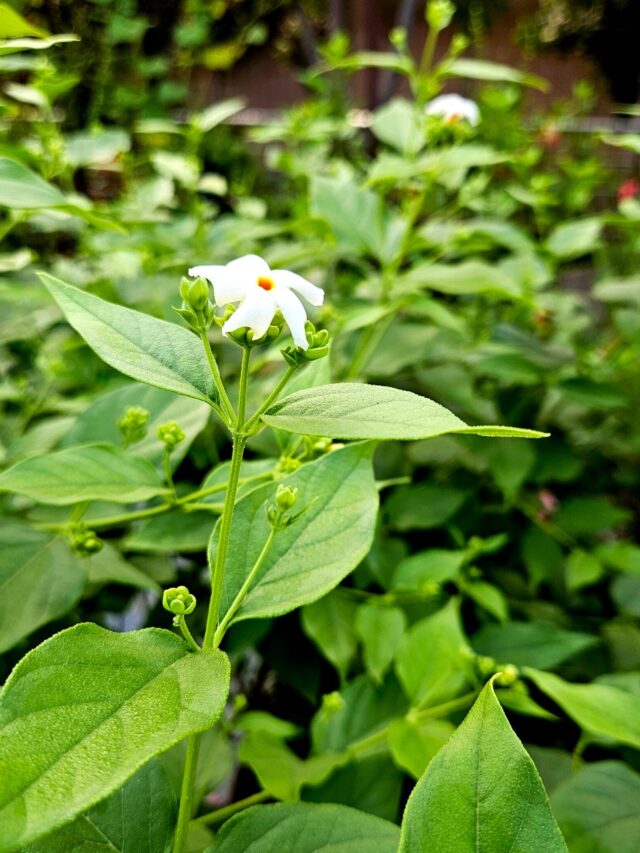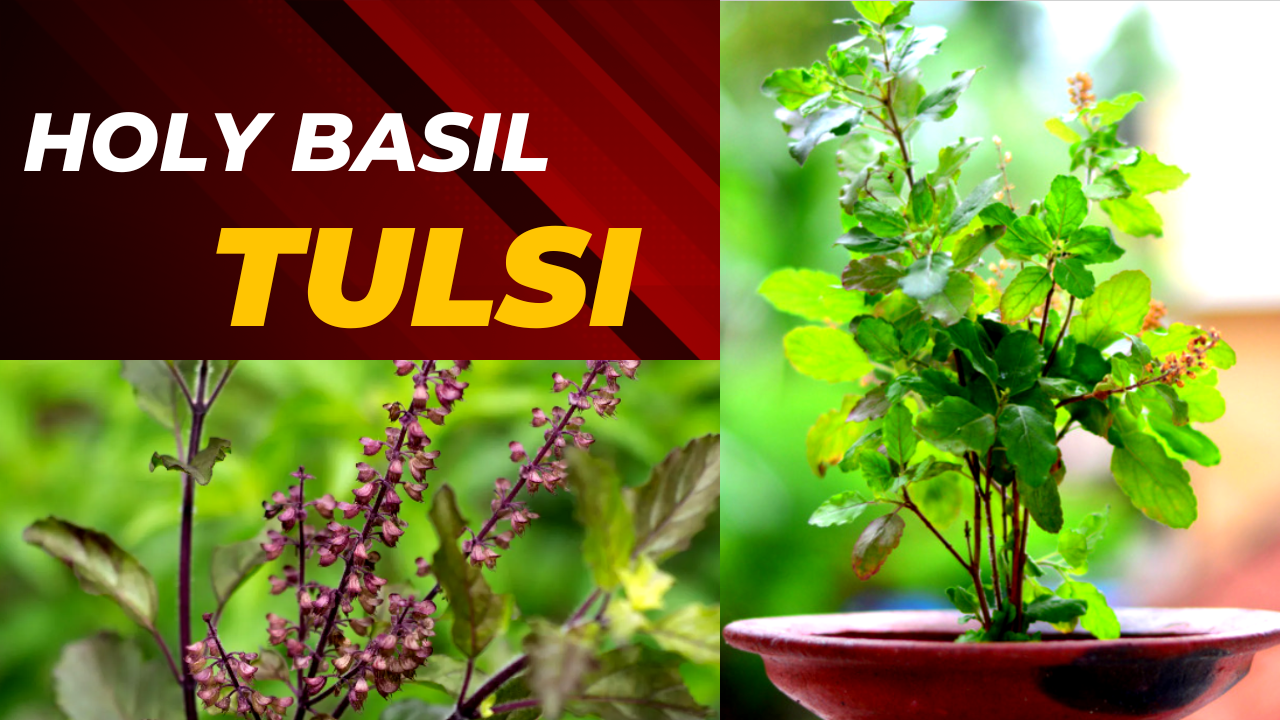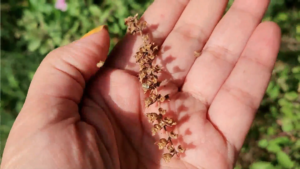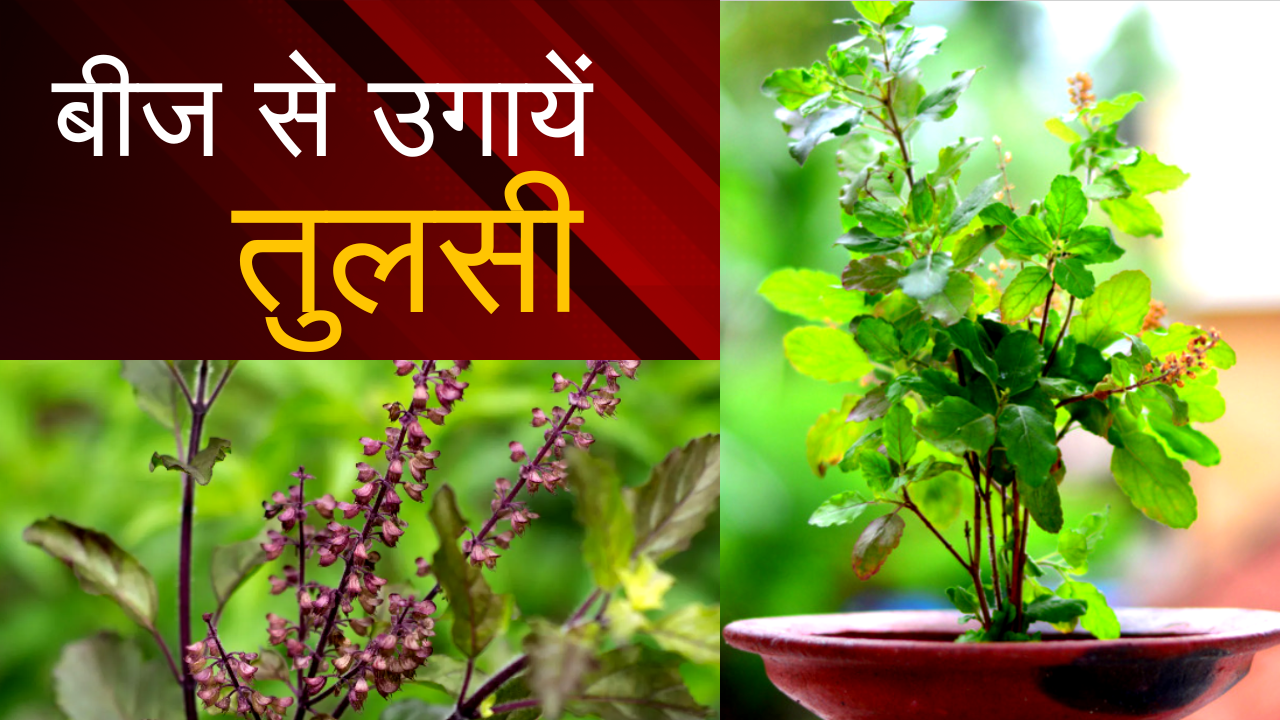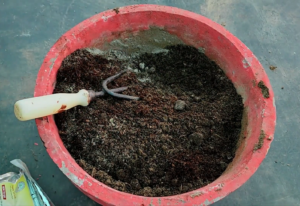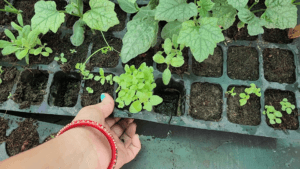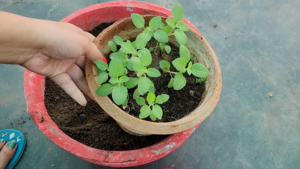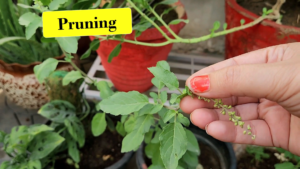Planting is an art, and propagating plants from seed requires the touch of a skilled gardener. Holy basil, also known as Tulsi, is a beloved and commonly grown plant.
In this article, we will provide detailed guidance on every key aspect to empower every enthusiast to master the art of growing basil plant from seed.
Tips to grow Tulsi plant from seeds
Growing Tulsi (basil) from seeds can be a rewarding experience. By following the tips below, you can successfully grow basil from seed and enjoy the many benefits of this sacred herb.
1. Weather requirement for Tulsi (holy basil) plant
The ideal temperature to grow seeds is 15-25 ℃. It should not be either too hot or cold. Ideally, in India this temperature range falls thrice in a year –
1. Spring Season (February – March) – Particularly suitable for the North India region.
2. Monsoon Time Period ( June – September) – This period also falls within the ideal temperature range for seed germination.
3. During Autumn (October – November) – While this period can be suitable for seed germination in many parts of India, it’s important to note that in North India, it’s not recommended due to the impending cold winter. Saplings may struggle to survive in the harsh winter conditions.
2. Choose quality Tulsi (basil) seeds
Always use fresh high-quality basil seeds. Make sure they are within their viable shelf life, as older seeds may have lower germination rates.
From where you can get Tulsi plant seeds:
1. Harvesting Seeds from Tulsi Plants: Brown-colored dried flowers that grow on Tulsi plants can be collected to obtain seeds for growing new Tulsi plants.
2. Seed Maturity: Basil seeds become dark brown when they have fully matured. It’s important to use seeds that have naturally matured, as only then can they be reliably used for growing new plants.
3. Seed Quality and Maturation Factors: The maturity of seeds can be affected by factors such as excessive chemical fertilizers, inadequate sunlight, or insufficient watering. It’s essential to ensure that seeds are not only dried but also matured properly to ensure successful germination.
4. Choosing the Right Seeds: Carefully select seeds from healthy Tulsi plants, preferably from a known source or a reputable nursery.
5.From Nurseries or Online: You can obtain good quality Tulsi (holy basil)seeds from nurseries or online platforms, which offer a convenient way to access a variety of seed options.
-

Tulsi Seeds
3. Growing medium for Tulsi plant
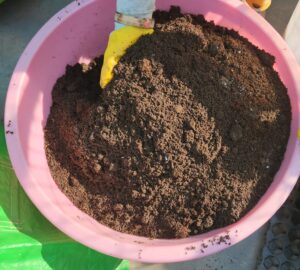
Seeds may not thrive in clayey soil. The ideal soil mixture for growing Tulsi plants includes:
1. Local Soil – Collect soil from your local area, sieve it to remove debris, and ensure it’s clean.
2. Neem Cake – Add a small portion of neem cake to the soil.
3. Compost– Use compost, preferably from sources such as cow dung, kitchen waste, or vermicompost, in equal quantity to the soil.
4. Coco Peat – Add an equal amount of coco peat to help maintain soil moisture.
5. Sand– Add approximately one-fourth the quantity of sand in relation to the soil.
Thoroughly mix all these components to create a well-balanced growing medium.
How to sow Tulsi seeds
If you want to sow multiple seeds then opt for a seedling tray.

If these trays are not available and the requirement is also less then pots can also be used to sow the seeds. The procedure of sowing, germinating, and transplanting seedlings is the same for both.
Follow below given steps to sow tulsi seeds in seedling tray:
1. Fill the tray: Fill the tray with the prepared growing medium and water it thoroughly to ensure the soil settles and remains moist.
2. Plant the seeds: Place the Tulsi seeds in the tray at the appropriate spacing.
3. Cover with coco peat or soil: Gently cover the seeds with either coco peat or the same soil mixture used earlier. Coco peat helps retain moisture, reducing the need for frequent watering.
4. Moisten the surface: Use a spray bottle to lightly moisten the surface of the seedling tray. Avoid pouring water directly, as it may displace the seeds.
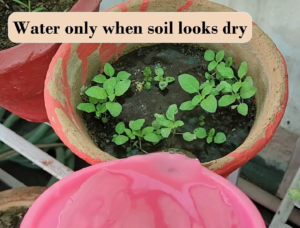
- Watering Schedule: Water the seedlings every 2-3 days. Overwatering can promote the growth of fungus and bacteria, potentially harming the plant.
- Light Conditions: Place the seedling tray in a brightly light area, but avoid direct sunlight as it can cause the top layer of soil to dry out too quickly, which may hinder seed germination.
- Germination Time: Typically, it takes around 10-11 days for the seeds to germinate.
- Transplanting: Once the seedlings have grown stronger, usually after about 1 month, you can transplant them into larger pots.
Process of separating the saplings
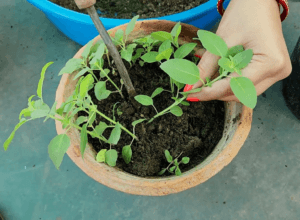
1. Transplanting: Gently press the bottom of the seedling tray to release the saplings along with the soil. Plant them in larger pots to allow the roots space to expand.
2. Soil Mixture: Use the same growing medium in the new pots, preferably a mix of the same soil mixture and coco peat. Handle the delicate saplings gently.
3. Sunlight: Avoid direct sunlight for the first 3-4 days after transplanting. Afterward, expose them to early morning sunlight while ensuring they receive bright light. Avoid placing them in the dark to prevent leggy growth.
4. Watering: Water the saplings when the top layer of soil becomes dry; avoid overwatering. At this stage, you typically don’t need fertilizer or manure.
5. Fertilizer: If the plants show slow growth or nutrient deficiencies, you can use a well-diluted liquid fertilizer made from cow dung or mustard cake (dilute it at least 10 times with water).

